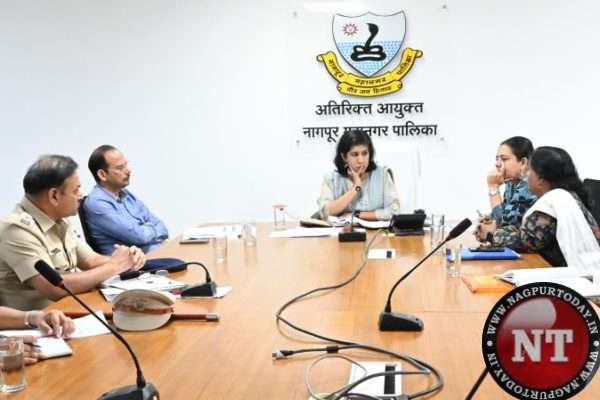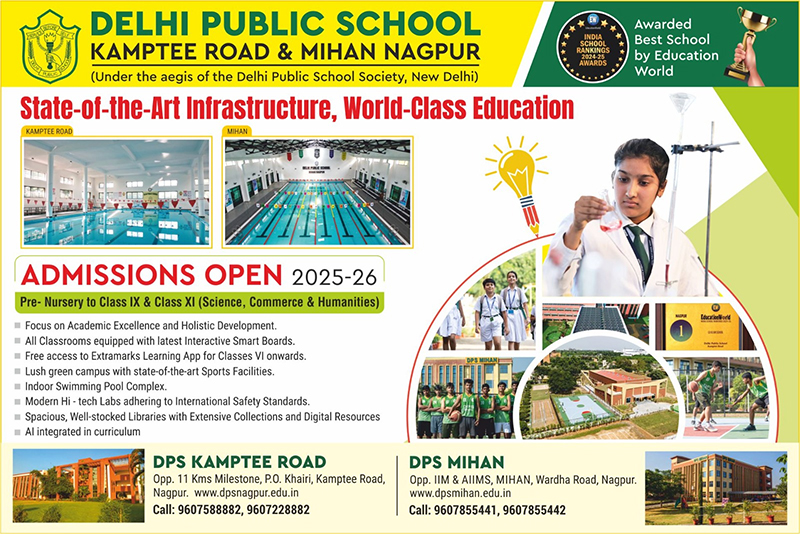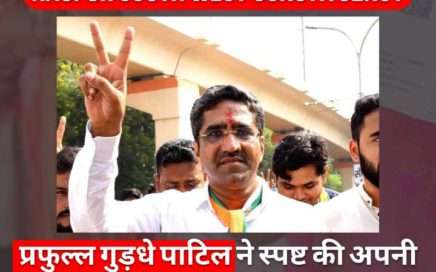
Nagpur, November 13:* With Nagpur’s air quality index falling within the moderate range, Additional Commissioner Aanchal Goyal emphasized the need for joint efforts by the Nagpur Municipal Corporation (NMC), Central and Maharashtra Pollution Control Boards, NEERI, and Traffic Police to control air pollution levels in the city.
A meeting on air quality management was held on Wednesday at the NMC headquarters under the chairmanship of Additional Commissioner Goyal. The meeting was attended by Deputy Commissioners Vijay Deshmukh and Dr. Gajendra Mahalle, Chief Engineer Dr. Shweta Banerjee, NEERI’s Chief Scientist Dr. Padma Rao, Principal Scientist Dr. Sangeeta Goyal, Assistant Police Commissioner (Traffic) Madhuri Baviskar, Assistant Regional Transport Officer Manoj Otakari, Maharashtra Pollution Control Board’s Rajendra Patil, Public Health Engineer Sandeep Lokhande, Central Pollution Control Board Consultant Dr. Sandeep Naranware, and other NMC officials.
Following orders from the National Green Tribunal, a graded response action plan is to be implemented in Maharashtra’s cities to improve air quality. With Nagpur’s air quality index in the moderate range, the meeting discussed measures mandated by the government for pollution control. Various strategies for reducing air pollution were deliberated among the attendees.
Air quality monitoring stations have been established in parts of Nagpur to assess and display real-time air quality. NEERI scientists suggested relocating certain monitoring stations as per Central Pollution Control Board guidelines, and discussions were held on improving the city’s air quality monitoring infrastructure.
The meeting also addressed the impact of dust from ongoing construction activities, which has contributed to the city’s deteriorating air quality. Suggestions were made to mitigate dust, including spraying water at construction sites, using green nets, and ensuring proper disposal of construction and demolition waste. Officials also recommended preventing waste burning in surrounding areas to control pollution.
















